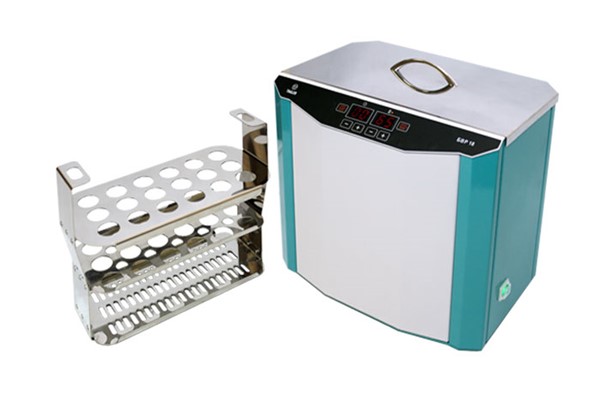Argentina: Cattle slaughter fell 5% year-on-year in May: what's the situation in the sector?

While this figure also represents a 1% decrease compared to April, activity since the beginning of the year has shown greater stability. In the first five months, 5,461,069 animals were slaughtered, which is only 1.3% less than in the same period in 2024 .
The report highlights a change in slaughter composition, with an 11% increase in bulls and a 6.4% increase in heifers. A more pronounced decline in cow (-15%) and bull (-12%) numbers is also observed. In terms of livestock numbers, the total number of cattle slaughtered this year represents 10.6% of the herd. This is the third-highest level for this period since 1990, after peaks recorded in 2022 (11.1%) and 2008 (11.5%).
On the other hand, gross profits from feedlot production plummeted by 63% over the past month. According to estimates from the Argentine Chamber of Feedlots (CAF), profit per animal fell from $90,793 to $33,226 per HEAD. This equates to a loss of purchasing power of 28 kg for light steers and 10 kg for light bulls, respectively.
Nevertheless, compared to the previous year, activity shows a 45% improvement, as the margin a year ago was only 7 kilograms per head. In terms of productivity, May marked a historic record. The average weight per head of slaughtered cattle reached 232.3 kilograms, the highest figure for this month in 35 years. According to the Directorate of Agri-Food Markets, the MEAT processing industry produced 259,682 tonnes of bone-in beef, highlighting increased efficiency in the value chain.
Foreign trade
Regarding foreign trade, SENASA-certified beef exports showed a 9% monthly increase in May, with 50,362 tonnes authorized. However, year-on-year, this represents a 6.6% decline. So far in 2025, certificates have been issued for 221,596 tonnes of cuts and 43,140 tonnes of bones with meat, a 19.4% decrease compared to the same period last year.
On the international front, beef prices reached new all-time highs. The FAO Beef Price Index reached 138.2 points in May, up 11.8% year-on-year and 1% compared to the previous month. Robust demand and tight EXPORT supplies in major producing countries continue to push up prices on global markets.
Read together with it:
- Изменения в экспортном совете Воронежской области: новые участники и исключенияИз совета исключены несколько фигур, включая бывшего министра предпринимательства Геннадия Швыркова, обвиняемого в мошенничестве. «Агроэко» впервые экспортировала свою продукцию в 2020 году и в 2023 году отправила 15 тыс. тонн свинины, удвоив объем до 30 тыс. тонн в 2024 году. Компания «ЭкоНива» экспортировала в 2......
- Эксперт прогнозирует резкое увеличение цен на куриное мясо до 50% к Новому годуПо его данным, это связано с удорожанием кормов и увеличением финансовой нагрузки на птицеводческие предприятия. Также он отметил влияние высоких тарифов на электроэнергию и логистику, а также возможные изменения налоговой политики, включая повышение НДС до 22%. Панченко добавил, что традиционно к Новому году наблюдается подорожание продуктов, но после праздников цены обычно корректируются..........
- Цены на колбасные изделия поднимутся на 5-10% к Новому годуОсновные причины повышения цен включают рост затрат на сырье, увеличение тарифов, подорожание логистики и упаковочных материалов. В 2025 году наблюдалась высокая волатильность на рынке: цены на свинину выросли на 12-15%, говядину — на 10-14%, а мясо птицы — на 8%. Это приводит к значительному увеличению себестоимости, особенно в премиальном сегменте, где используются дорогие ингредиенты. Производи...
- Уругвай намерен возобновить экспорт мяса в МексикуОб этом глава министерства заявил в интервью агентству EFE после поездки в страну, на которую в 2024 году пришлось 3% экспорта уругвайских товаров, где он провел встречи с представителями различных органов власти в Мехико, Агуаскальентесе и Керетаро. Фратти объясняет, что «никогда не было очень значительной торговли» уругвайским мясом с Мексикой, но напоминает, что в последние годы проводились нек...






























































